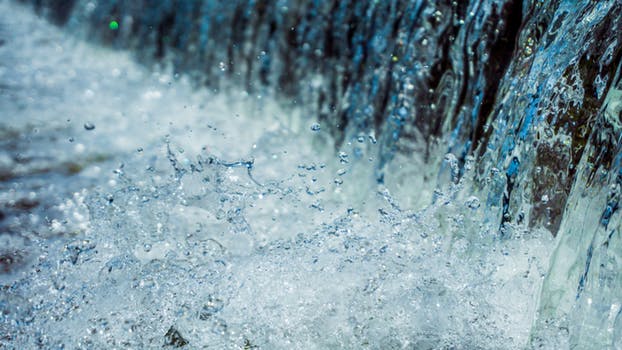- Preparatory works underway include setting up of electricity power cooling stations at Pangawe and Dakawa plus water supply to the construction sites.
- The Rufiji hydropower project is planned on Rufiji River in Stielger’s Gorge, Selous Game Reserve of Tanzania.
- With a gross output of 5,920GWh, the plant envisaged to double the country’s total generation capacity, upon commissioning.
The project execution committee chairman, Juma Idd declared that preparations for the proposed 2,100MW Rufiji hydropower plant at Stiegler’s Gorge are well underway in order for construction works to commence.
Idd was informing Energy Minister, Medard Kaleman, in Dodoma, on the progress made thus far, reports Daily News. “Other preparatory works include setting up of electricity power cooling stations at Pangawe and Dakawa and supply of water to the construction sites,” he said.
Minister Kalemani urged the committee to ensure the remaining work is timely completed to enable the project contractor to begin the work. The Rufiji hydropower project is planned on Rufiji River in Stielger’s Gorge, Selous Game Reserve of Tanzania where environmental groups have raised concerns.
With a gross output of 5,920GWh, the plant envisaged to double the country’s total generation capacity, upon commissioning. The government opened the bids for the hydropower project in August 2017 and construction was planned to begin sometime this year and to last 36 months.
In August 2018, Minister Kalemani made a declaration: “Let me also assure you that we are well-prepared for the task and nothing is going to hold us back from completing it on time.”Tanzania’s budget proposal unveiled in May 2018 earmarked $307 million for the project, which will include the construction of a roller compacted concrete dam on the Rufiji river.
The 134-metre dam will have a storage capacity of 34 million cubic metres of water. The reservoir will be 100-kilometre long and 1,350 square kilometres in surface area while the earth embankment will be 3.7 million cubic metres.
Author: Babalwa Bungane
This article was originally published on ESI Africa and is republished with permission with minor editorial changes.















